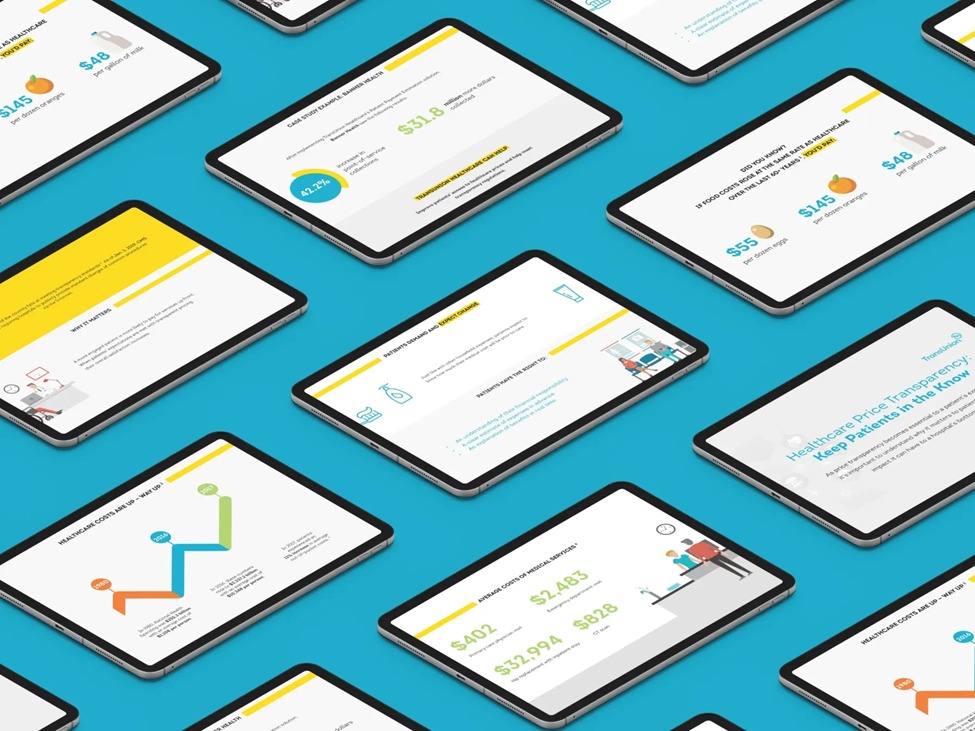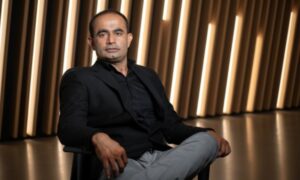The financial services industry faces a unique challenge: how do you make complex, data-heavy systems feel accessible without sacrificing their authority? The answer lies in human-centered design (HCD), an approach that’s transforming how we think about financial interfaces, communications, and brand experiences.
The Human Factor in Financial Design
Traditional financial interfaces often prioritize data density over user comprehension. They present information as if everyone were a financial analyst, creating barriers for the average user trying to understand their credit score or insurance options. But what if we reversed this approach? What if we started with human needs and built our way up to complexity?
The key principles of human-centered design in financial services include:
- Accessibility without oversimplification
- Progressive disclosure of complex information
- Visual hierarchies that guide understanding
- Emotional design that builds trust
- Multi-channel consistency that respects user contexts
From Theory to Practice: The TransUnion Case
These principles came to life in TransUnion’s recent digital transformation project, executed by digital design agency ArtVersion. The project serves as a masterclass in applying HCD principles to financial services.
Consider the challenge: TransUnion needed to present complex credit reporting information to multiple user groups—from healthcare providers to individual consumers—each with different needs and technical literacy levels. The solution demonstrated how HCD principles can transform financial communications.
Progressive Disclosure in Action
Instead of overwhelming users with data, the new design system employed a layered approach. The interface presents essential information upfront, with clear pathways to deeper insights. This wasn’t just about hiding complexity—it was about making it accessible on the user’s terms.
Visual Hierarchy Meets Financial Data
The design team tackled information architecture through a user-first lens. They employed the Intro typeface family strategically, using its various weights to create clear hierarchies of information. This wasn’t merely an aesthetic choice—it was about helping users navigate complex financial data intuitively.
Emotional Design in Banking
Perhaps the most innovative aspect was the project’s approach to emotional design. The “open doors” motif became more than a visual theme—it transformed into a user experience principle. Every interaction was designed to feel like an opening, an invitation to understand rather than a barrier to overcome.
Cross-Channel Human Experience
The human-centered approach extended beyond digital interfaces. The project demonstrated how HCD principles could unify experiences across:
- Mobile and tablet interfaces for on-the-go access
- Physical touchpoints like conference room signage
- Marketing materials and corporate communications
- Internal tools and presentations
Measuring Human-Centered Success
The success metrics for this approach went beyond traditional KPIs. While visual appeal mattered, the real measures of success were:
- Reduced user confusion and support tickets
- Increased engagement with complex financial information
- Improved accessibility scores across platforms
- Stronger emotional connection with the brand
The Future of Financial Design
This case study illustrates a broader trend in financial services design: the move from institution-centered to human-centered approaches. As financial services become increasingly digital, the principles of HCD become not just desirable but essential.
What makes this transformation significant is its holistic nature. It wasn’t just about making interfaces more attractive—it was about fundamentally rethinking how financial institutions communicate with humans. The design system created for TransUnion shows how financial services can maintain their authority while becoming more accessible, understandable, and ultimately, more human.
Lessons for Designers
For designers working in financial services, this project offers several key takeaways:
- Start with user needs, not institutional habits
- Use visual design to guide understanding, not just for aesthetics
- Think in systems that can scale across channels
- Balance accessibility with authority
- Design for emotional engagement without sacrificing professionalism
The financial sector’s future lies not in maintaining traditional barriers but in breaking them down thoughtfully. Through human-centered design, we can create financial experiences that serve both institutions and individuals, making complex information accessible without oversimplification.



































